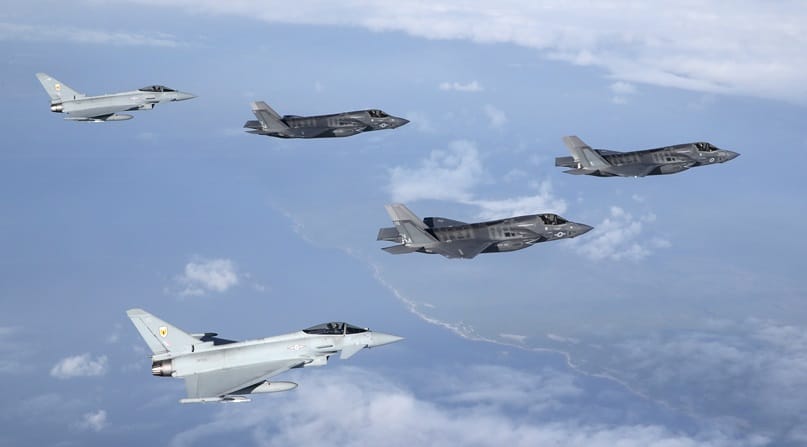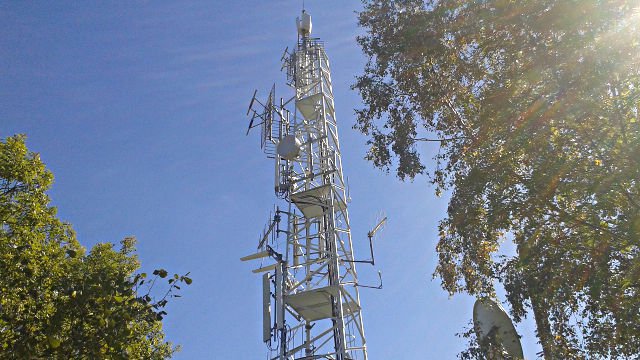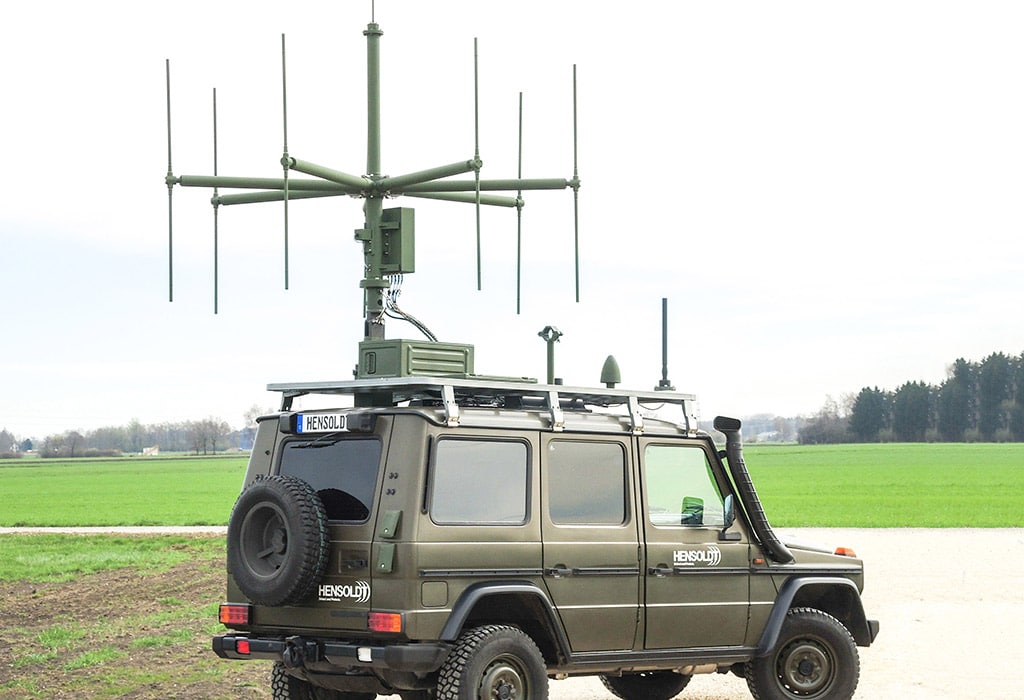The American site C4ISRnet.com, part of the defensenews.com sphere, published the story that led Lockheed to keep its F35As dispatched to the Berlin Air Show in 2018, on the airfield, on the ground. Schönefeld near Berlin, while NATO and the United States were doing everything in their power to get Germany to choose the stealth device to replace its Tornado. Indeed, the German radar designer Hensoldt took advantage of this event to test his new passive radar TwInvis, in order to evaluate its performance on a wide range of devices. And as the designers of TwInvis, not given to the German system, expected, the two F35s coming from Luke Air Force Base in Arizona were detected and followed by the system over nearly 150 km, to the point that the American authorities decided to keep the aircraft at floor throughout the show, leaving Hensoldt only the return flight to perfect their measurements.
Faced with the obvious, the manufacturer Lockheed contented himself with replying that the two aircraft were fitted with Luneburg lenses, small devices implanted under the wings to increase the radar reflectivity of the aircraft vis-à-vis the approach radars. primary. But, as Hensoldt rightly pointed out, these devices are effective on traditional radar bands, whereas passive radar operates over a much lower frequency range, rendering Luneburg lenses, if not useless, at least ineffective at all times. look at the mass represented by the F35.

Indeed, unlike a traditional radar, which emits electromagnetic radiation at a determined frequency and detects the radiation returned when the wave hits an object, passive radars use ambient electromagnetic radiation of human origin to create an aerial map of the sky. , and detect anomalies to determine the presence of devices. Sources of radiation can be television transmitters, radio transmitters, GSM antennas, and even, but to a lesser extent, mobile phones themselves. This technology has several advantages, the first being its ability to detect devices using current stealth technologies, such as the F22 or the F35, due to the frequency bands used, and the multiplicity of transmitters. It is, in a way, a “de facto” version of a multitude of VHF-UHF band radars working in multi-droop.
In the second place, the device detected has no idea that it was, since it evolves in the "ambient electromagnetic bath" quite normal for the zone. It is therefore easy to bring an interceptor into the tail of the targeted aircraft, without it needing to use its air radar, and therefore without signaling to the target that it has been chased, until the departure of a possible missile. It is also possible to guide a surface-to-air missile close to the stealth aircraft, to let its homing, radar or IR take care of the interception. Indeed, effective as it may be, this technology does not have the precision of a traditional guidance radar, and cannot bring the missile up to impact.

This technology has another disadvantage, and not the least, that of being dependent on transmitters not controlled by the armed forces, and therefore not "hardened". Thus, in the event of a power cut in a zone, the vast majority of transmitters will stop transmitting, either immediately or when the generators have used up all their fuel. As a result, a country's air defense cannot be based on this technology alone, despite its many attractions. On the other hand, it proves to be very effective for enhanced aerial surveillance in times of peace, or in times of crisis, in order to detect intrusions of stealthy devices not detected by the main system. This would make it possible, in particular, to intercept raids by stealthy devices wishing to carry out preemptive or first-line strikes.
This anecdote cuts to pieces, even more, the aura of invulnerability that often adorns the F35 and its stealth. In view of the significant investments made in the world to counter stealth technologies, the advantage that the F35 has today is set to wane quickly, to no longer be relevant at the turn of the 2030s. This perhaps explains why be the important changes of position that the US Air Force is about to announce this week, with the probable development of a new heavy fighter in an accelerated program, and the return to “small” series of more specialized, more recurring aircraft, and on much shorter timeframes, than the F35. It is moreover probable that the objective of 1700 F35A put forward by the US Air Force for nearly 10 years, will be gradually reduced to values more consistent with the real need for such a device.

